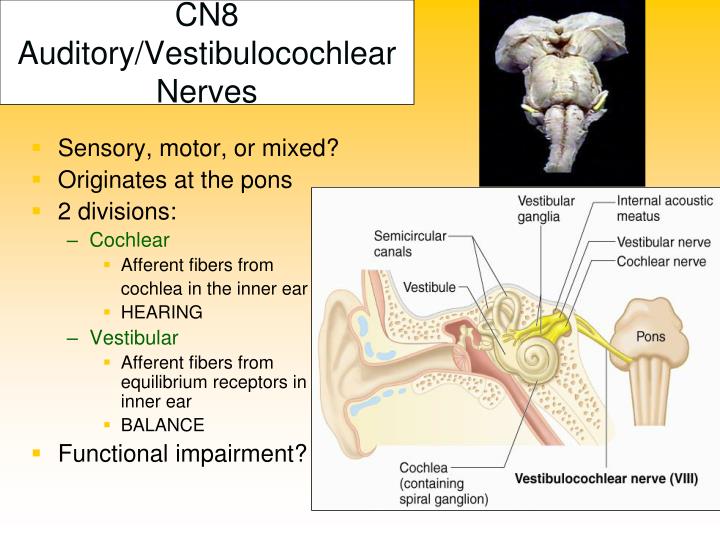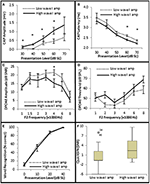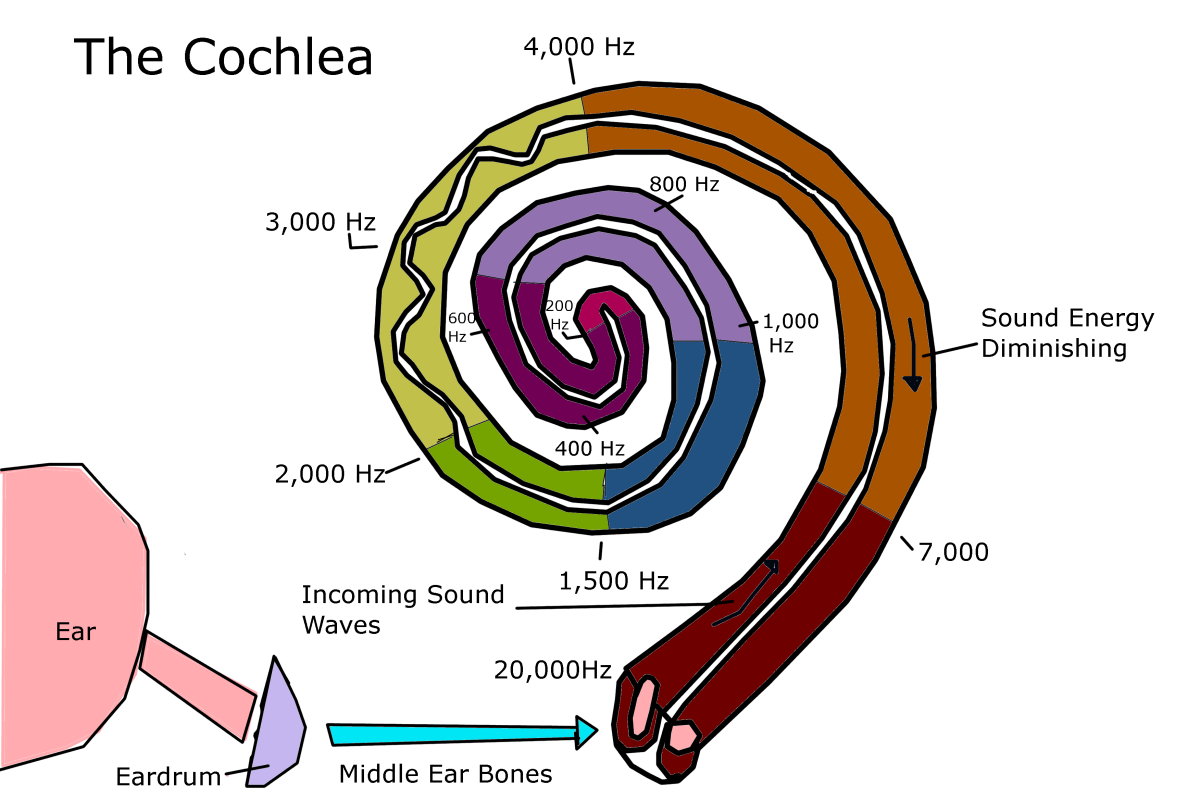


Union Hearing Aid Centre will schedule a hearing test for you at our Toronto Hearing Clinic. When you’re experiencing problems with your hearing, determining which part of the hearing system is failing to respond is the first step to improving your health and quality of life. When your hearing is working as it should, signals and information are processed through various parts of the ear and go up the auditory nerve to the brain. What Happens When You Experience Problems with Your Hearing? Our brain works with our ears in an incredible way, processing neural events into our hearing and all that it involves. This can lead to symptoms that reflect hearing loss such symptoms may include inattention, inappropriate responses, and confusion. Head trauma, neurologic disease, medical disorder or the process of simply aging, can result in alterations in the ability of the brain to process stimuli effectively. Information also becomes distorted as it reaches the brain, disrupting the quality of our hearing.

Hearing loss occurs when sounds that are typically loud become softer and less intelligible this is a result of our brain being misled through a loss of audibility. This similarity makes it much easier for us to recognize and process both familiar and unfamiliar sounds. In fact, our brains are capable of storing the neural equivalents of acoustic patterns like music, voices, danger sounds, and environmental sounds. Our hearing system provide us with an amazing ability to identify and comprehend the most minuscule acoustic cues. Our hearing process truly connects us to the soundscape of our surrounding environment. Auditory information is transmitted via the auditory nerve to the inferior colliculus (upper sections of the brainstem), the medial geniculate nucleus of the thalamus, and finally to the auditory cortex in the temporal lobe of the brain for processing. The auditory nerve moves signals to the brain where they are then translated into recognizable and meaningful sounds.Hair cells at one end of the cochlea transfer low pitch sound information and hair cells at the opposite end transfer high pitch sound information. Movement of fluid in turn makes the hair cells The auditory nerve picks up any neural signals created by the hair cells.Sound vibrations make the fluid in the cochlea travel like ocean waves.These sound vibrations make their way through the ossicles to the cochlea.The eardrum will vibrate with vibrates with the different sounds.Sound transfers into the ear canal and causes the eardrum to move.
#Auditory nerve function psychology code
In essence, our ears work to alter the acoustic stimulus that enters and move through our ear canals, into a form of neural code that our brains can decipher, process and comprehend.


 0 kommentar(er)
0 kommentar(er)
